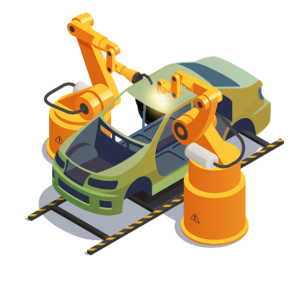
The Sustainable Development Goal (SDG) 9 emphasizes the need for resilient infrastructure, inclusive industrialization, and innovation-driven growth. In the context of industrial robotic arm research, this goal highlights the importance of developing advanced technologies that can revolutionize industrial processes and enhance automation. Robotic arms are crucial components in modern manufacturing, where precision, speed, and efficiency are paramount. By advancing robotic arm capabilities through innovative technologies like artificial intelligence (AI), machine learning, and deep reinforcement learning, industries can achieve higher levels of automation, minimize human error, and increase production output, all while promoting sustainable and inclusive industrial practices.

Innovation in robotic arm technology also contributes to the transformation of traditional industries by enabling smarter and more adaptive manufacturing environments. With AI-powered robotic arms, industries can automate complex tasks such as assembly, material handling, and quality control, improving overall operational efficiency. The development of these systems aligns with SDG 9’s focus on innovation, as it fosters the creation of more sophisticated machinery capable of learning and improving over time. Moreover, the integration of robotic arms into production lines helps reduce operational costs, enhances worker safety by taking on hazardous tasks, and drives industrial competitiveness, which is essential for long-term sustainable growth.
The role of infrastructure development in supporting these innovations cannot be overlooked. For industries to fully realize the benefits of robotic arms, they must invest in smart, adaptable infrastructure that accommodates new technologies. This includes digital infrastructure for real-time data processing, advanced sensors, and connectivity for seamless machine-to-machine communication. SDG 9 promotes the development of such infrastructure, as it is a key enabler of the fourth industrial revolution. As industries continue to embrace automation through robotic arms, they contribute to the broader goals of building resilient infrastructure, fostering innovation, and driving inclusive, sustainable industrialization.
